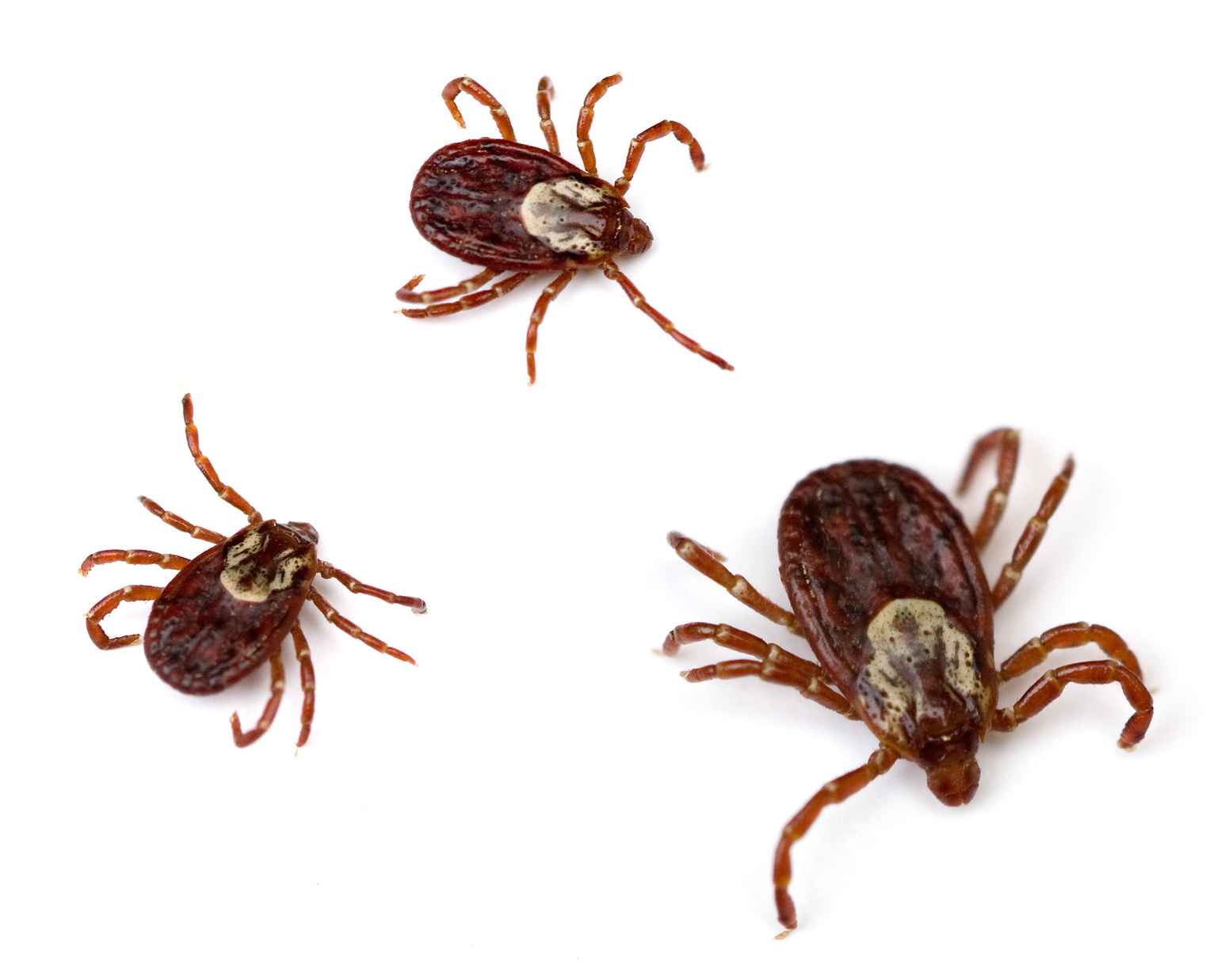How to Properly Remove a Tick, Pest Services
yourpagetodayllc2024-07-15T14:30:09+00:00Now that the nice weather is upon us and we start to enjoy the great outdoors, we need to be more cognizant of preventing the health risks associated with tick bites. While ticks are most often found in woody areas or where the meadow grass tends to be rather high, the fact is that they [...]


